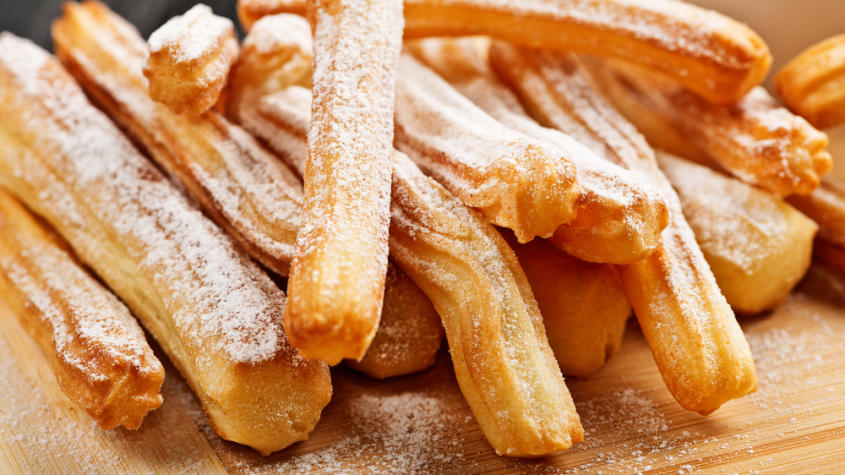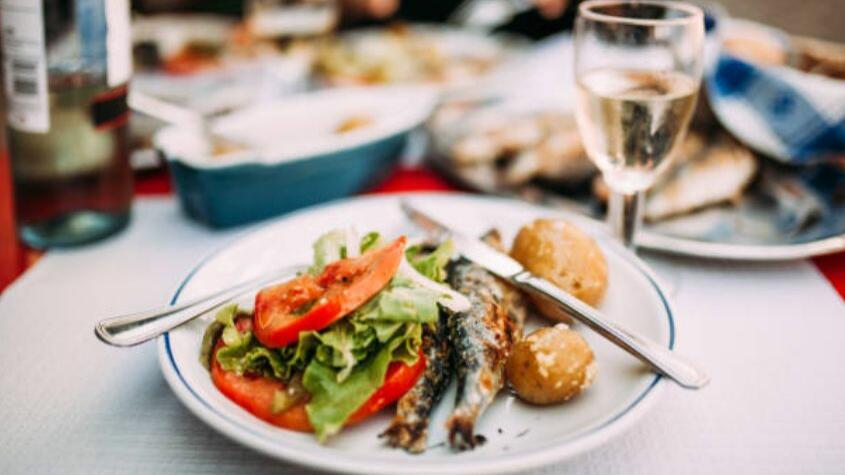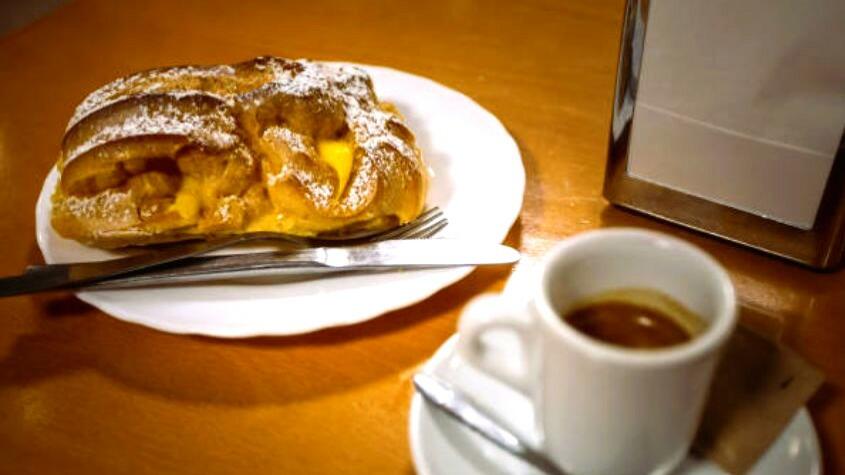Traditional Desserts and Sweets from Spain
Spain is a land rich in culture, history and, of course, gastronomy. Among tapas, paellas and a multitude of savoury dishes, traditional Spanish desserts and sweets occupy a special place in the hearts and palates of those who visit or have the pleasure of trying these delicacies.
Spanish confectionery is a combination of Arab, Roman and even ancient civilisations such as the Phoenicians. This mix of cultures over the centuries has resulted in an incredible variety of desserts, each with its own unique characteristics and unmistakable flavours.
Churros

Churros are one of the most popular and popular sweets in Spain, especially for breakfast or an afternoon snack. They are fried dough sticks, crispy on the outside and soft on the inside, which are eaten dipped in hot chocolate, café con leche or dulce de leche. Churros have Arab origins but were adapted by the Spanish, who gave them their characteristic star shape.
Find out what Churros are!
Crema Catalana

Crema catalana is a typical Catalan dessert, but it is also enjoyed in other regions of Spain. It consists of a cream made from milk, eggs, sugar and flavoured with lemon and cinnamon, which is covered with a layer of caramelised sugar. Crema catalana is served cold, breaking the sugar layer with a spoon before eating. It is similar to French crème brûlée, but has a more citrus and spicy flavour.
Turrón

Turrón is a typical Christmas sweet in Spain, but it can also be found all year round. It is made with honey, sugar, egg white and almonds, which can be whole, chopped or ground. There are different varieties of turrón, but the most traditional are hard turrón, which has a crunchy texture, and soft turrón, which has a soft texture. Turrón originated in the Iberian Peninsula and has an Arab influence.
Arroz con Leche

Rice with milk is a simple but delicious dessert made with rice, milk, sugar, cinnamon and lemon zest. The rice is cooked slowly in the milk until it is creamy and soft, then sprinkled with cinnamon powder. Rice with milk is served cold or warm and can be accompanied by fruit, jam or whipped cream. Rice with milk is a very old dessert, dating back to Roman times.
Flan

Flan is a creamy, smooth dessert made with milk, eggs, sugar and vanilla. Flan is baked in a bain-marie in a tin greased with liquid caramel, which turns into a delicious syrup when you unmould it. The flan is served cold and can be decorated with fruit, nuts or whipped cream. Flan is a dessert of French origin, but it became popular in Spain and Latin America.
Tarta de Santiago

Originally from the region of Galicia, Tarta de Santiago is an emblematic Spanish dessert. Made with ground almonds, eggs, sugar and lemon zest, this tart is traditionally decorated with the cross of St James, made from icing sugar. In addition to its unique flavour and soft texture, this dessert is loaded with historical and cultural symbolism.
Polvorones and Mantecados

During the Christmas season, it's common to find polvorones and mantecados on Spanish tables. These Sevillian biscuits are made with flour, sugar, fat (traditionally pork fat, but often replaced with margarine or butter) and almonds. They fall apart in the mouth and are flavoured with cinnamon, lemon or orange, leaving a memorable taste.
Torrijas

Similar to the well-known French toast, torrijas are a dessert traditionally eaten during Holy Week in Spain. This sweet is made with slices of bread soaked in milk, eggs and sometimes wine, fried and then sprinkled with sugar and cinnamon. It's a comforting treat that forms part of religious celebrations and the family table during this special period.
Natillas

Natillas are a cream made from milk, eggs, sugar and vanilla, which is cooked over a low heat until it thickens. They are then placed in individual bowls and decorated with cinnamon powder and a biscuit. Natillas are a very simple but very tasty and smooth dessert that can be eaten cold or warm. Their origins date back to the Middle Ages, when monks and nuns used the egg yolks left over from clarifying wine to make sweets. Natillas are an example of these convent sweets, which are still part of the Spanish tradition today.
Candied fruit

Candied fruits are fresh or dried fruits such as cherries, oranges, figs, pumpkins or plums that are cooked in a sugar syrup until they are translucent and shiny. They are then left to dry and stored in jars or boxes. Candied fruit is a very old sweet that originated in Persia and spread throughout the Arab world and Europe. In Spain, they became popular during medieval times and are still used today to decorate cakes, pies and rusks, or to eat as a snack.
Traditional Spanish desserts and sweets offer a wide range of flavours, textures and aromas that reflect the country's rich cultural and culinary heritage. Whether savouring a crunchy churro, enjoying a slice of Tarta de Santiago or dipping a torrija into coffee at breakfast, each sweet tells its own story, making the dining experience in Spain even more memorable and tasty.
Explore 8 unmissable gastronomic experiences in Spain.
Visit Living Tours for more travel experiences in Portugal and Spain. And explore more travel ideas on the Living Magazine Blog.
Did you like it?
Average votes: 4.50 of 5
Go Back to the Blog














